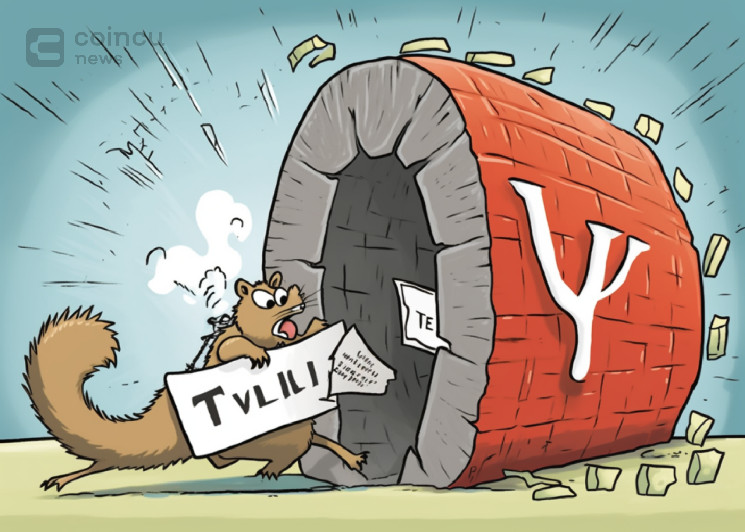A little over a year ago, more than $150 billion worth of crypto was held across the DeFi ecosystem’s many protocols.
Today, that figure has fallen to roughly $38 billion, according to data from DeFiLlama.
This amount is lower than it was in the immediate aftermath of FTX’s collapse last fall, when the total value locked (TVL) was roughly $43 billion.
Of the $38 billion held in protocols today, the majority is locked up in the liquid staking protocol Lido, which boasts a TVL of $14 billion.
This amount is significantly higher than decentralized stablecoin issuer MakerDAO, which bears the second-biggest TVL of $5.1 billion.
Sources in the industry suggested that changes in the market — namely, a decline in trade volume — appears chiefly to blame, as well as lingering concerns around the safety of such assets given the prevalence of hacks and exploits aimed at protocols that prove to be vulnerable.
Ashton Addison, founder and CEO of Crypto Coin Show, told Blockworks that the TVL decrease is tied closely with the drop in the price of crypto assets.
“Consider ETH’s drop from almost $4,800 at its peak to $1,600 now, representing almost 70% loss of value alone, which would drop the TVL of staked ETH without any assets even being unstaked,” Addison said.
Addison noted that, during the 2021 bull run,those heightened TVL figures were tied closely with unattainable yield offerings on lower liquidity coins.
“When crypto prices started dropping, early movers looked to withdraw and sell [liquidity provider] assets to avoid losses from price drops, which led to APY percentage drops and further withdraws to avoid impermeant loss,” he said. “The inflated TVL of 2021 was only sustainable in a bull market where asset prices continued to move up.”
This sentiment was shared by Barney Mannerings, co-founder of Vega Protocol, who contended that previous high yields were largely artificially inflated and unstainable.
“Real yields in DeFi rely on transaction fees, but the decrease in trading volume has led to lower yields. Given the rise in risk-free interest rates and prevailing economic uncertainty, it’s natural for individuals to prefer safer investment options over riskier ones in the DeFi space,” Mannerings said.
Mannerings also pointed to a series of security vulnerabilities and breaches across the DeFi space. Earlier this week, liquidity protocol Balancer received a critical vulnerability report regarding its v2 pools, and at the end of July, automated market maker Curve suffered a $70 million exploit.
“Recent security breaches and hacks within the DeFi sector have raised valid concerns about platform security, potentially resulting in reduced user confidence and participation in DeFi platforms,” Mannerings said.
Despite these challenges, Mannerings said he remains optimistic about the DeFi sector.
“Positive growth is occurring in both the derivatives and real-world assets [RWAs] sectors which could be potential catalysts for the next Defi bull run,” he said. “RWAs have increased from approximately $50 million at the start of the year to over $1 billion.”
It is also important to distinguish between the total amount of funds that are on-chain in comparison to funds that are in DeFi protocols, according to Akash Mahendra, director at Haven1 Foundation.
“There’s been a significant decline in the TVL within DeFi protocols, but assets like stablecoins and pure ETH have seen their on-chain presence grow far beyond 2021 levels,” Mahendra said.
Drawing on the example of stablecoins, Mahendra noted that there is currently a $124 billion market cap for these assets, even though majority of them remain unutilized in DeFi protocols.
Sourced from cryptonews.net.










